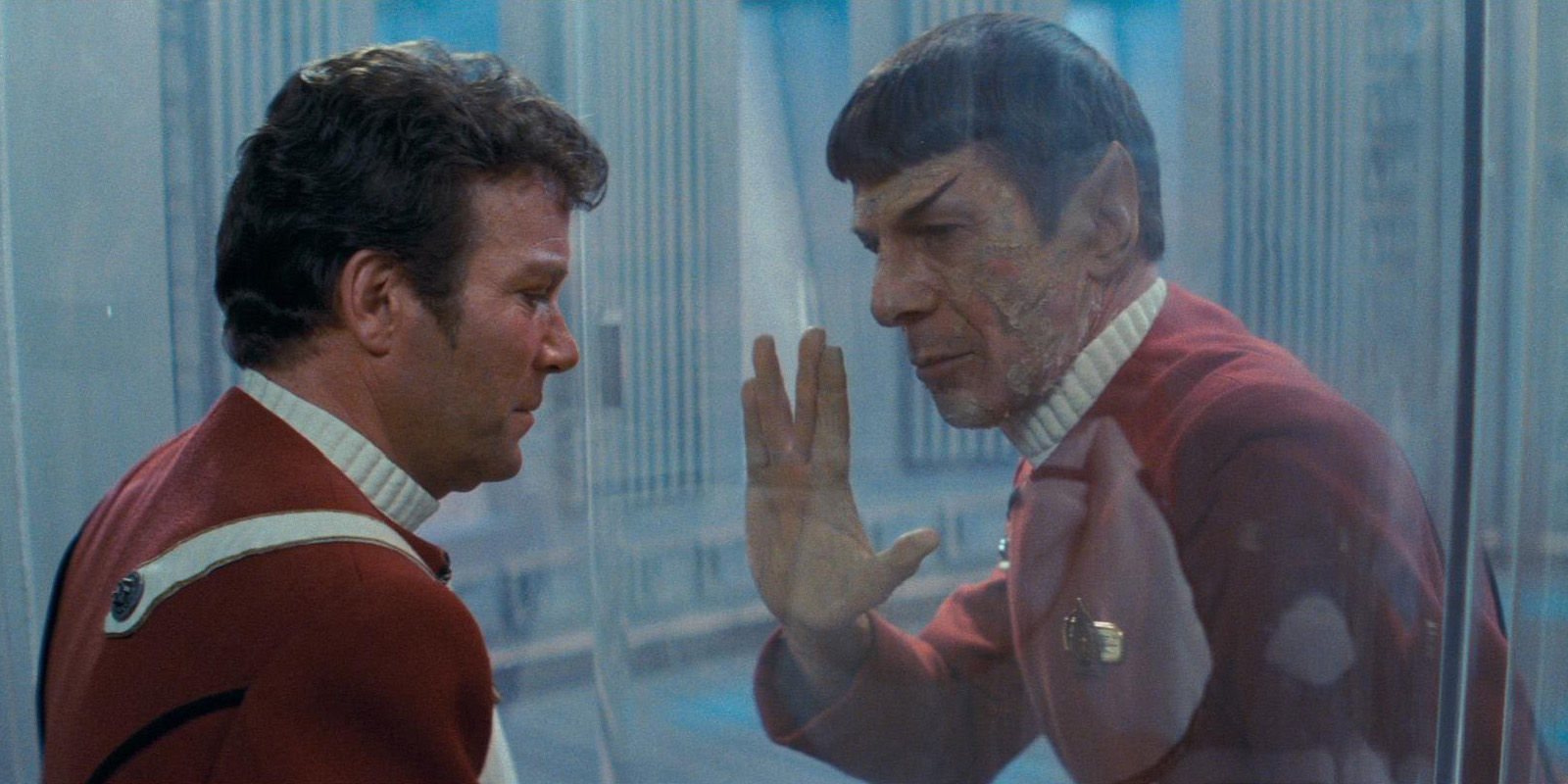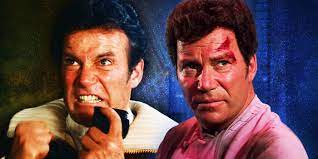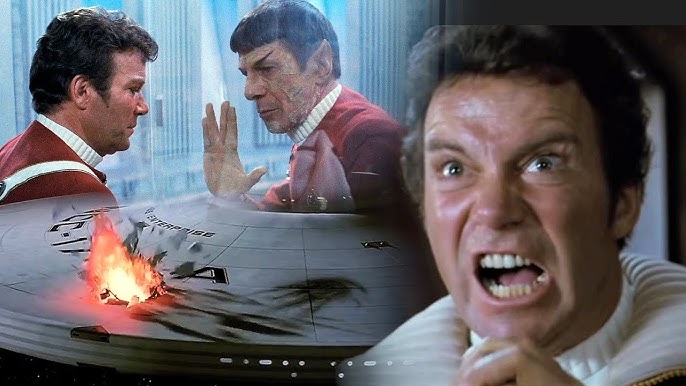Star Trek (2009)

Exploring New Frontiers: A Review of Star Trek (2009)
J.J. Abrams’ Star Trek (2009) boldly reimagines the iconic franchise, offering a fresh take that balances respect for its legacy with a modern sensibility. Serving as both a reboot and a prequel, the film introduces audiences to the early days of the USS Enterprise crew, blending thrilling action, humor, and heartfelt character moments. With an ensemble cast, stunning visuals, and a captivating story, Star Trek successfully reinvigorates the beloved series for a new generation.
Plot Overview
The film opens with a dramatic sequence showcasing the sacrifice of George Kirk (Chris Hemsworth), who gives his life to save his crew during an attack by the vengeful Romulan, Nero (Eric Bana). Years later, George’s son, James T. Kirk (Chris Pine), grows up as a rebellious yet brilliant young man who eventually joins Starfleet. Meanwhile, Spock (Zachary Quinto), a half-Vulcan, half-human officer, struggles with his dual identity.
When Nero reemerges, threatening the Federation with a weapon capable of destroying entire planets, Kirk and Spock must overcome their differences and work together. Alongside the rest of the Enterprise crew—including Uhura (Zoe Saldana), Bones (Karl Urban), Scotty (Simon Pegg), Chekov (Anton Yelchin), and Sulu (John Cho)—they embark on a mission to stop Nero and save the galaxy.
A Fresh Take on Iconic Characters
The cast of Star Trek delivers exceptional performances, breathing new life into iconic roles while staying true to their essence. Chris Pine’s portrayal of James T. Kirk captures the character’s swagger, charisma, and vulnerability, making him a relatable and dynamic protagonist. Zachary Quinto’s Spock is equally compelling, bringing depth to the character’s internal conflict between logic and emotion.
Karl Urban’s Dr. Leonard “Bones” McCoy provides sharp wit and emotional grounding, while Zoe Saldana’s Uhura adds strength and intelligence to her role. Simon Pegg’s Scotty and John Cho’s Sulu bring humor and action to the mix, and Anton Yelchin’s Chekov offers youthful energy and charm. Together, the cast’s chemistry captures the camaraderie and spirit of the original crew.
Eric Bana’s Nero: A Formidable Villain
Eric Bana’s portrayal of Nero adds a layer of personal tragedy to the villain’s motivations. While Nero’s actions are driven by revenge, his backstory—involving the destruction of his home planet—adds depth and nuance to his character. Though not as iconic as other Star Trek antagonists, Nero serves as a formidable and emotionally charged adversary for the Enterprise crew.
Stunning Visuals and Direction
J.J. Abrams’ direction brings a dynamic, cinematic flair to the Star Trek universe. The film’s visual effects are top-notch, from the sleek design of the Enterprise to the breathtaking space battles. Abrams’ use of lens flares, while divisive, adds a distinct aesthetic to the film, emphasizing its futuristic setting.
The action sequences are thrilling and well-paced, balancing large-scale spectacle with intimate character moments. The space jump onto the Narada and the final battle against Nero are standout set pieces that highlight the film’s technical prowess and narrative stakes.
Themes of Friendship and Identity
At its core, Star Trek explores themes of friendship, leadership, and identity. The evolving relationship between Kirk and Spock is central to the story, showcasing how their differences ultimately strengthen their bond. The film also examines the idea of destiny, as Kirk steps into the role he was born to play despite his initial reluctance.
Spock’s journey of self-acceptance resonates deeply, emphasizing the importance of embracing one’s dual heritage and individuality. These themes, combined with the film’s hopeful vision of the future, embody the spirit of Star Trek and its optimistic outlook on humanity’s potential.
Criticism and Limitations
While Star Trek succeeds on many fronts, it is not without flaws. Nero’s motivations, though compelling, could have been explored further to make him a more well-rounded villain. Additionally, some purists may find the film’s action-heavy approach diverges from the cerebral tone of earlier entries in the franchise.
Conclusion and Legacy
Star Trek (2009) is a triumph that honors the legacy of Gene Roddenberry’s creation while charting a bold new course for the series. With its engaging characters, stunning visuals, and heartfelt storytelling, the film appeals to both longtime fans and newcomers alike. J.J. Abrams’ ability to balance nostalgia with innovation ensures that Star Trek remains accessible and relevant in the modern era.
As the first entry in a rebooted trilogy, Star Trek successfully revitalized the franchise, paving the way for sequels and solidifying its place as a cornerstone of contemporary science fiction cinema. Whether you’re a die-hard Trekkie or a casual viewer, this film is an exhilarating journey into the final frontier.
